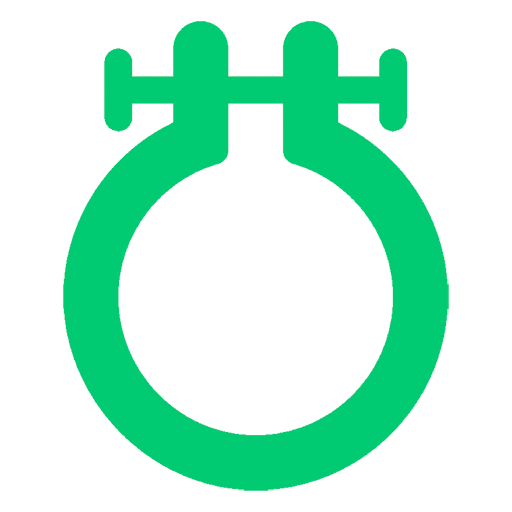Being a person working in the marketing industry, I am sure that you will know the importance of embroidering designs on merchandise such as T-shirts to advertise them. Almost everyone wants to put up their names or images or pictures that they value on their clothes. Moreover, Embroider a Shirt is a potentially cost-efficient but effective method of advertisement. Other than that, it can also be used to personalize or upgrade the wardrobe of a person with the designs that he or she finds attractive.
It is high time that you learn to sew designs on your clothes by yourself. This is because getting your clothes embroidered from the tailor can be costly at times. It might look hard and time-consuming, but believe me, it is not.
Once you get the hang of it, embroidering your clothes, especially pants and shirts is a very simple and easy task. You can make cute little designs as well as complex and intricate designs if you know how to upgrade your wardrobe and make a mark in your circle.
There are two methods that you can use to embroider a shirt; by hand and by a machine.
Embroidering a Shirt by Hand:
1. Before you start stitching and embroider a shirt, you will need to add a stabilizer with bate-on material. For this purpose, turn your shirt inside out because that is what mostly happens and is easier. Try using a piece of paper between the layers of the T-shirt to baste it easily.
2. Now, place the stabilizer on top of the place that you will be stitching on, and after taking large basting stitches, secure the stabilizer to the shirt. Make sure that both, the stabilizer and the fabric are kept as smooth as possible. Now, turn the shirt back to its right side out.
3. Next, stabilize the fabric with the help of a press and stick material. Now, hook up the fabric into the hoop without stretching it. You can see if the fabric is stretched by comparing it with the rest of the T-shirt. Re-adjust it if necessary.
4. Use a ball-point or around end needle to sketch the design onto the fabric. Later on, start embroidering as you usually do while being careful not to pull the stitches too hard.
5. After you are finished, remove the stabilizer that had been basted to the T-shirt, remove the basting stitches. You can do this by snipping the thread and pulling out the stitches with your hands.
6. Lastly, give the T-Shirt as good a finish as you can. Moreover, gently iron the shirt from the backside to remove any hoop markings that might have formed.
Embroidering a Shirt by Using an Embroidery Machine:
Now, onto embroidering by machine. Set up your machine and get all the necessary materials in a single place.
After finishing your stitching, be sure to iron out the shirt and remove the stabilizers to remove any signs of the hoops that might have caught upon.
FAQs:
Q: Can we embroider designs on curtains and other hard fabrics?
Yes! We can sew designs on almost any type of fabric and in some cases, even on soft metals and plastics. It all depends on the strength of your machine and the durability of your needle and thread.
The stronger the machine, the needle, and the thread, the harder fabrics you will be able to sew and embroider with them.
Q: Can we embroider without a hoop?
Yes, we can embroider without using hoops. The entire purpose behind using hoops in embroidery is to stabilize the fabric at a place so that one can sew with ease. If you think that you can stabilize the fabric yourself or with the help of another method or item, you can embroider without a hoop.
Q: What do I do if I do not have an Embroidery hoop?
There are several other methods and items that you can use to stabilize your fabric if you do not have a hoop. You can stabilize our fabric by using a scroll fabric. It helps maintain the tension in the fabric and can be used hands-free so that you can put your complete focus elsewhere.
Furthermore, a scroll fabric poses no risk of damaging your fabric or project if you use it properly.
Conclusion:
Now that you have gone through this article, I am sure that you will have a better idea of how to embroider a shirt, using both methods; you’re hands as well as an embroidery machine. I hope this article was helpful for you.
Thank You for giving it a read and Good Luck with your stitching in the future!
